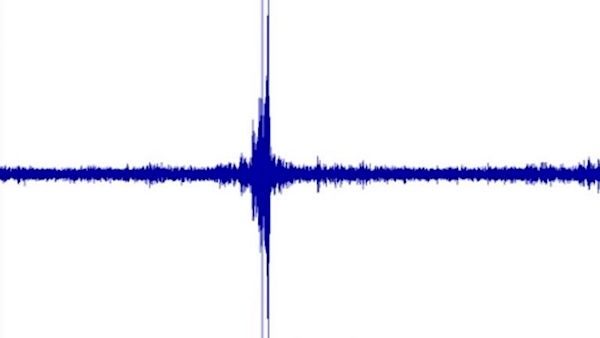
Those are the questions experts and non-experts around the world are asking themselves in recent weeks as curiously loud mystery BOOMS have not only been hear around the world, but felt - shaking buildings and rattling nerves from Alabama to Michigan, Idaho to California, Russia to Denmark.
The Alabama boom last Tuesday at 1:39 CST was heard and felt through 11 counties, but an earthquake event has been ruled out.
The day after Alabamans were shaken by that incident, something similar occurred in Idaho. No explanation has been forthcoming from law enforcement officials there.
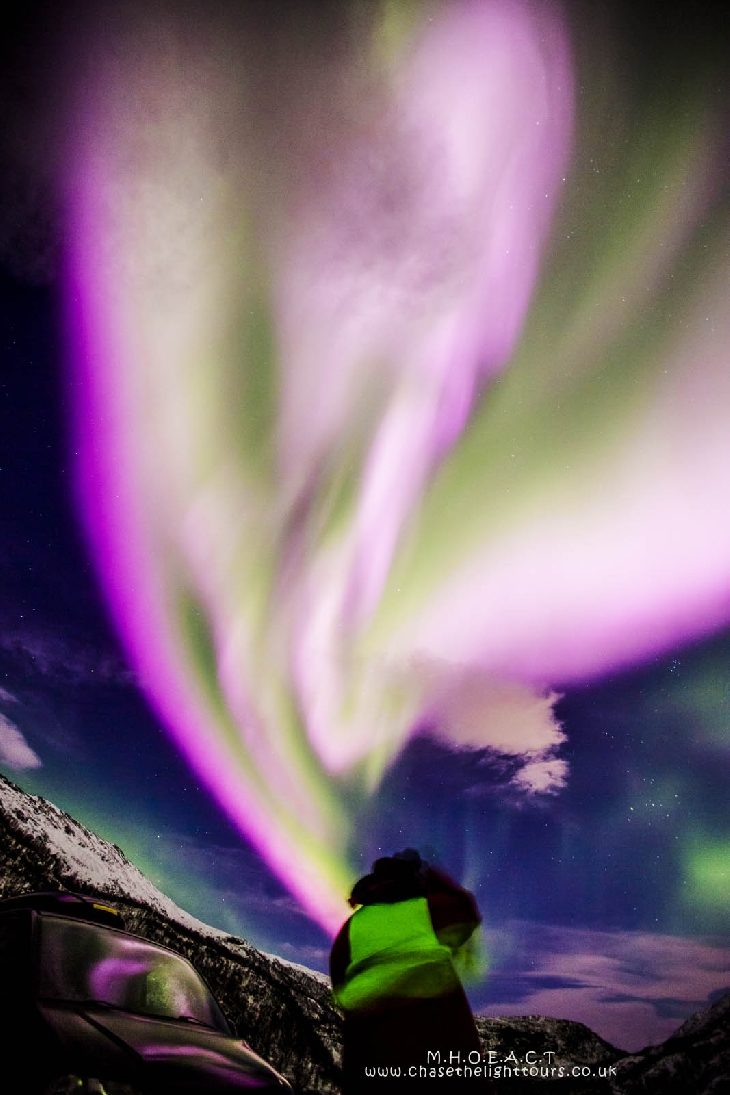
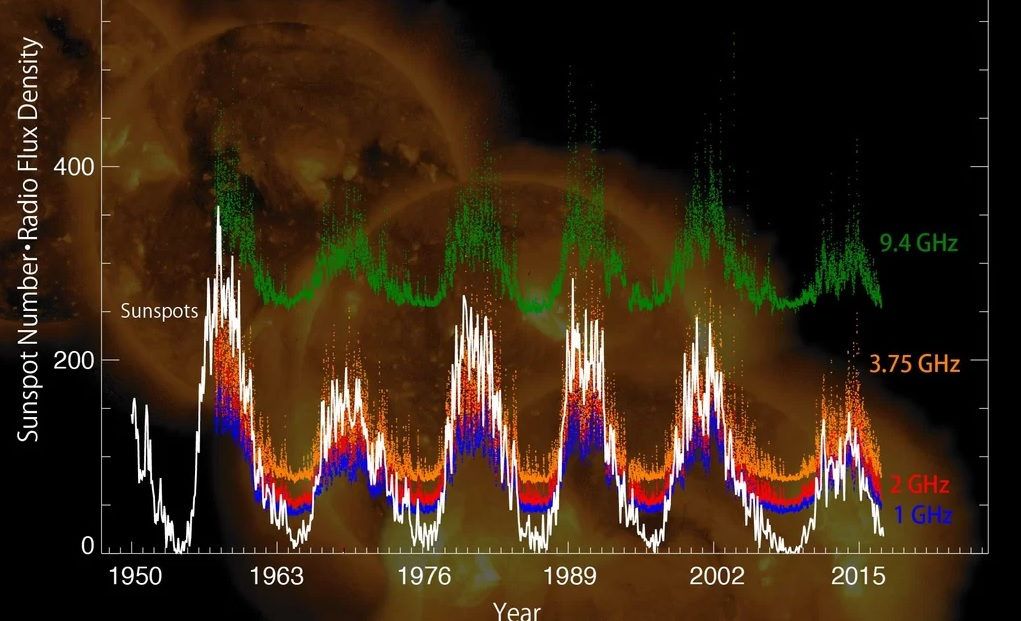
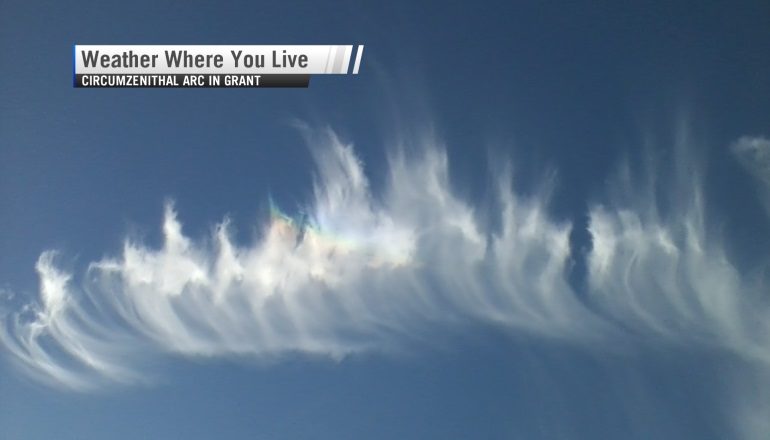
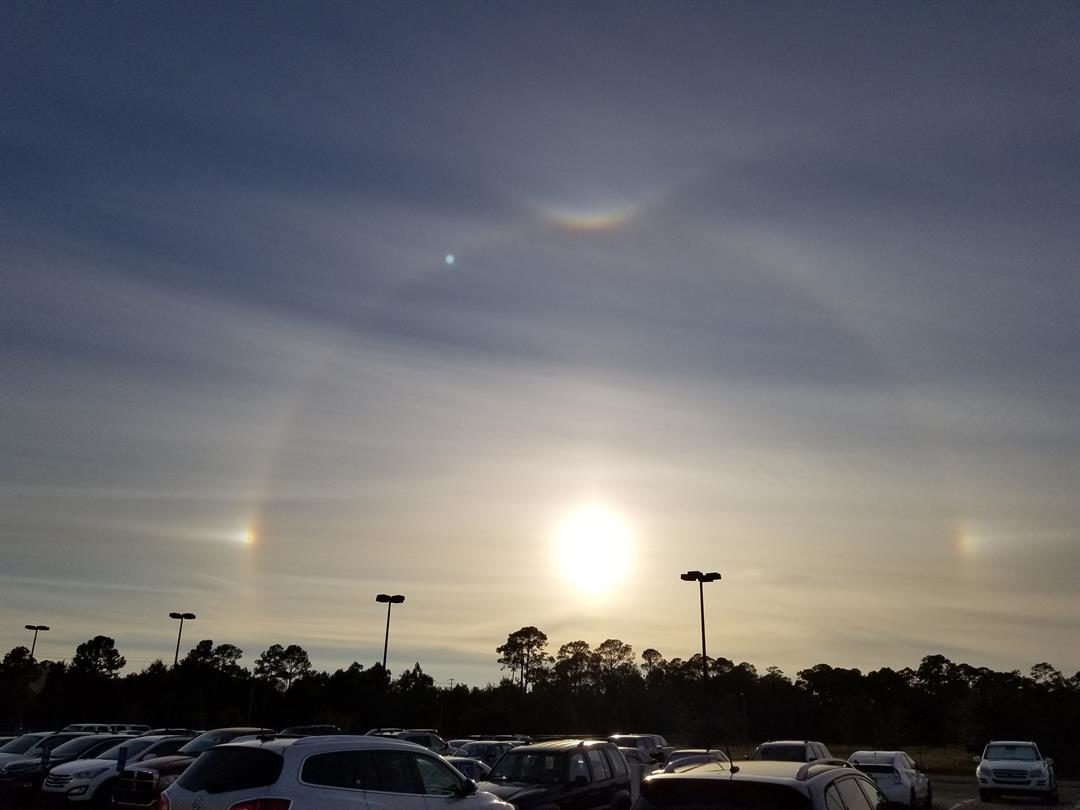
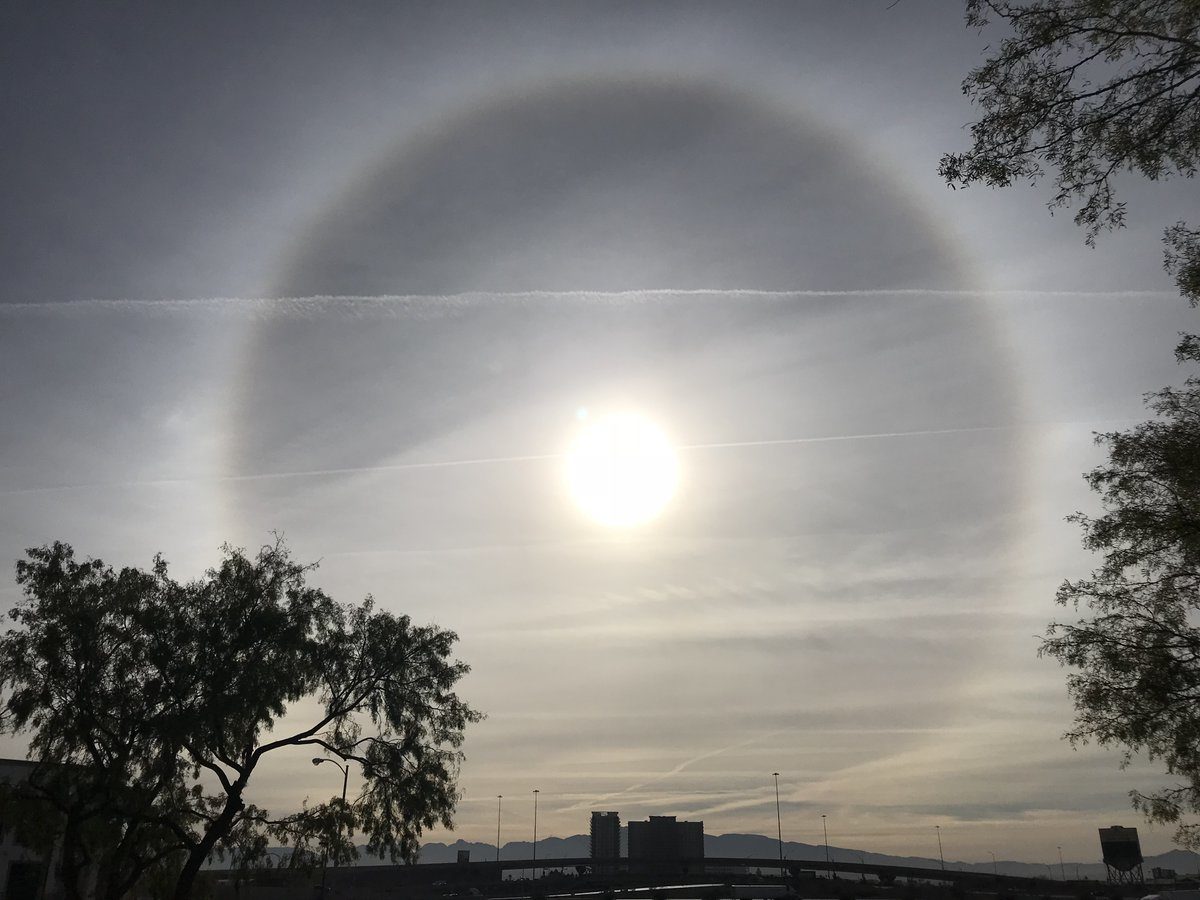
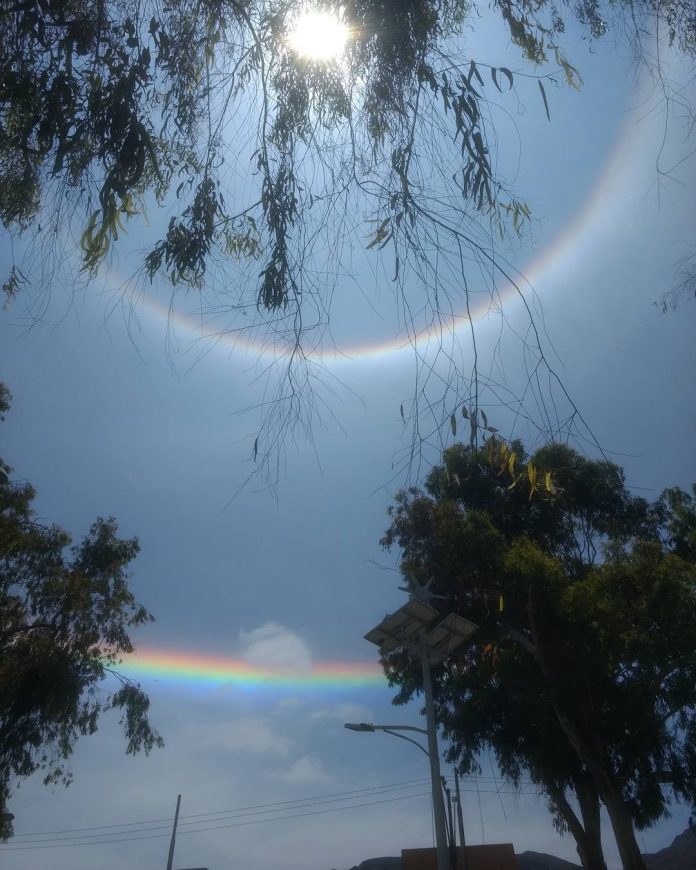
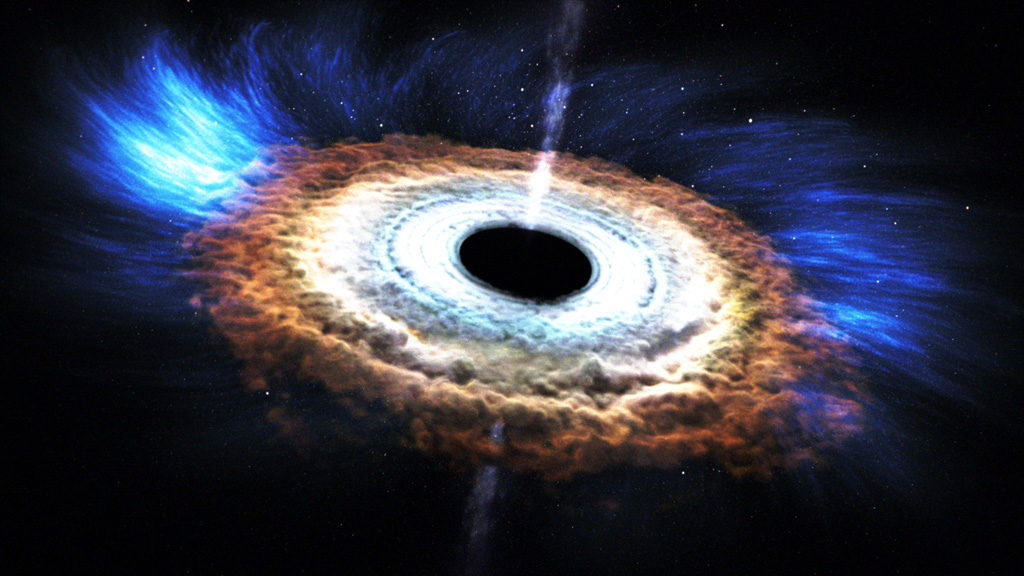
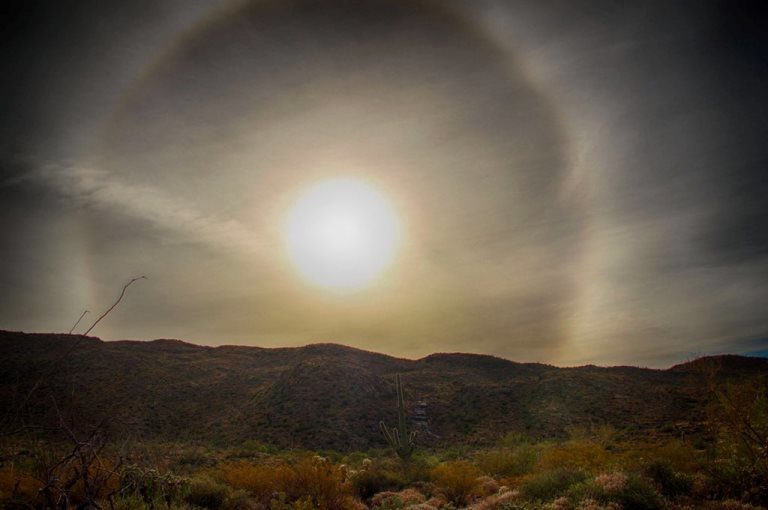
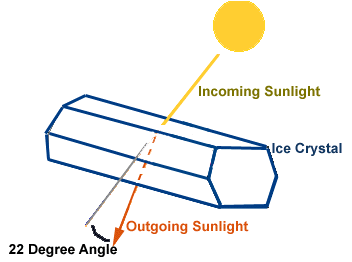
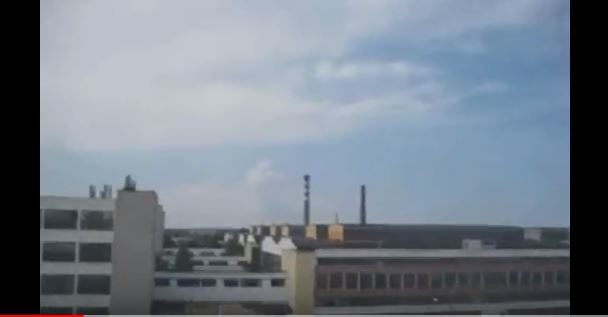



Comment: Also See: Witches, Comets and Planetary Cataclysms